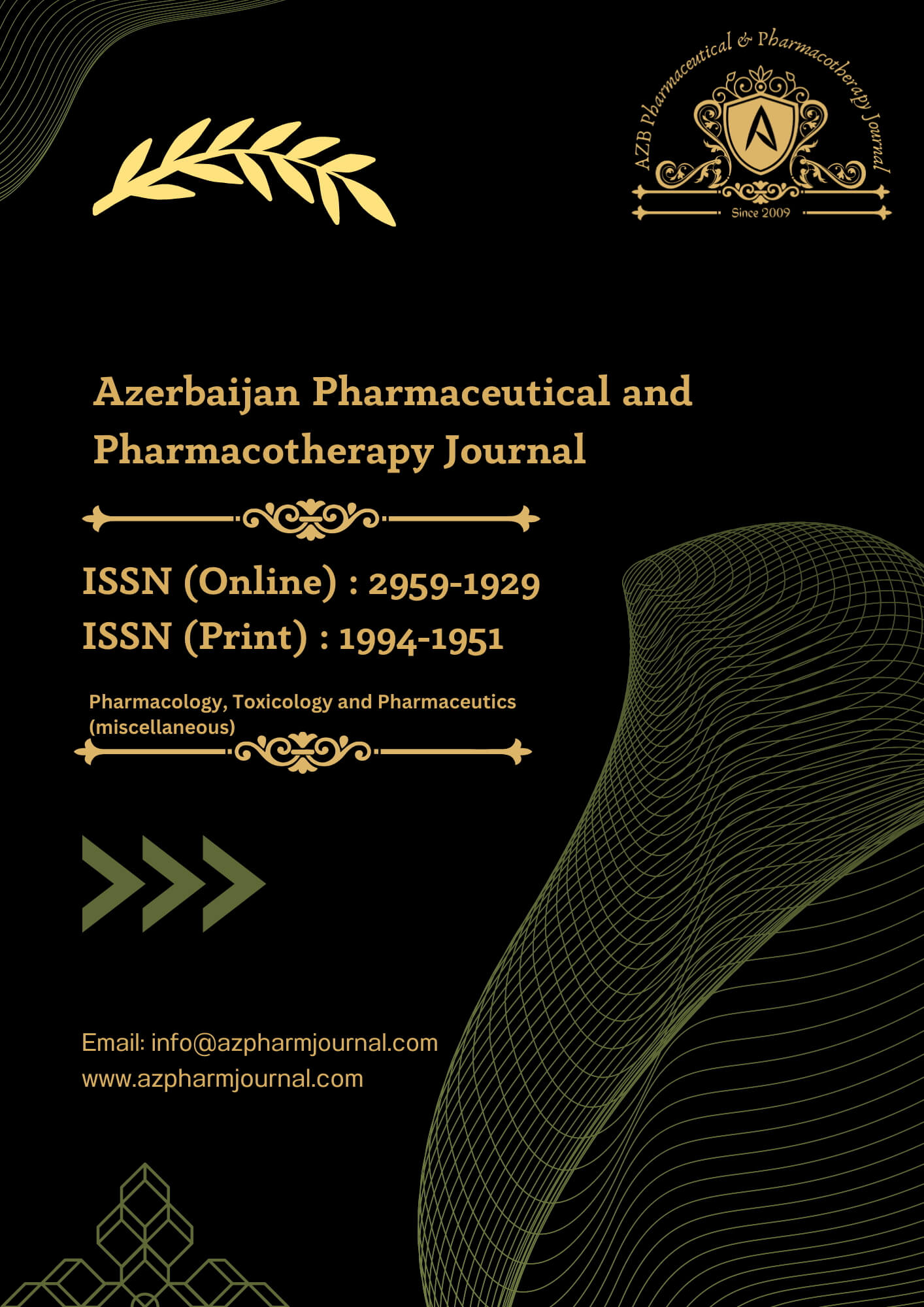3. Result
The study participants’ ages ranged from 40 to 70 years, with an average age of 53.5 years. Follow-up assessments were conducted at specific intervals, including one week after discharge, at the one-month mark, and through regular visits every six months thereafter. This structured follow-up schedule allowed for the monitoring of patient progress and the evaluation of long-term outcomes [13]. The study reported varying operative times, hospital stays, and return-to-work durations among three distinct groups. In Group A, the mean operative time was 70.6 minutes, while in Group B, it averaged 92.7 minutes, with Group C including the setup of laparoscopy, resulting in a mean operative time of 120.5 minutes. Hospital stays showed differences, with Group A having a range of 1 to 3 days and an average of 2.1 days, Group B’s hospital stays ranging from 2 to 6 days with a mean of 3.5 days, and Group C experiencing 1-2 days in the hospital, averaging 1.2 days [14]. The time to return to work also differed; Group A averaged 8.4 days, Group B took 10.2 days, and Group C averaged 7.4 days. Consequently, the mean time off from work was notably longer in Group B, averaging 14.9 days, while Group A averaged 10.3 days, and Group C had the shortest time off at 8.9 days. Statistical analysis revealed a significant difference in the mean time off from work between the three groups, highlighting the variation in postoperative recovery times among them [15]. Subdivision of three groups regarding age and and body mass index is shown in Table 1.
Table 1: Subdivision of three Groups Regarding Age and Body Mass Index
| |
40-49 |
50-65 |
20-24.9 |
24-29.9 |
30-34.9 |
| A |
36 |
20 |
14 |
22 |
20 |
| B |
34 |
22 |
16 |
25 |
18 |
| C |
31 |
26 |
14 |
26 |
20 |
In the context of early postoperative complications, Group A had 10% of patients experiencing mild scrotal swelling, which was attributed to tissue edema and not hematoma formation or wound seroma. In contrast, Group B had a higher incidence, with 20% of patients encountering mild to moderate scrotal swelling and seroma formation. Group C, on the other hand, exhibited a lower incidence, with only 6.7% of patients showing mild scrotal swelling. These findings suggest varying rates of early postoperative complications related to scrotal swelling and seroma formation among the three groups, with Group B experiencing the highest occurrence. Wound infections emerged as a complication in this study, with 5% of patients in both Group A and Group B affected. In these cases, treatment involved dressing changes in an outpatient clinic, combined with systemic antibiotics. Importantly, the mesh did not require removal in these instances, although patients from both groups later experienced re-recurrence of their condition [16]. In contrast, Group C had a lower rate of complications, with 6.7% of patients experiencing superficial port site infections. Again, outpatient clinic visits and dressing changes were sufficient for addressing these infections. Notably, there were no instances of testicular atrophy observed throughout the study. Moreover, in Group A, only two patients (3.3%) experienced recurrences over the follow-up period, demonstrating the relatively lower incidence of recurrence in this group.
